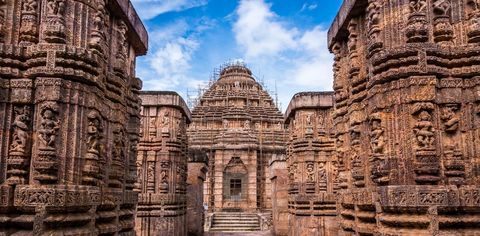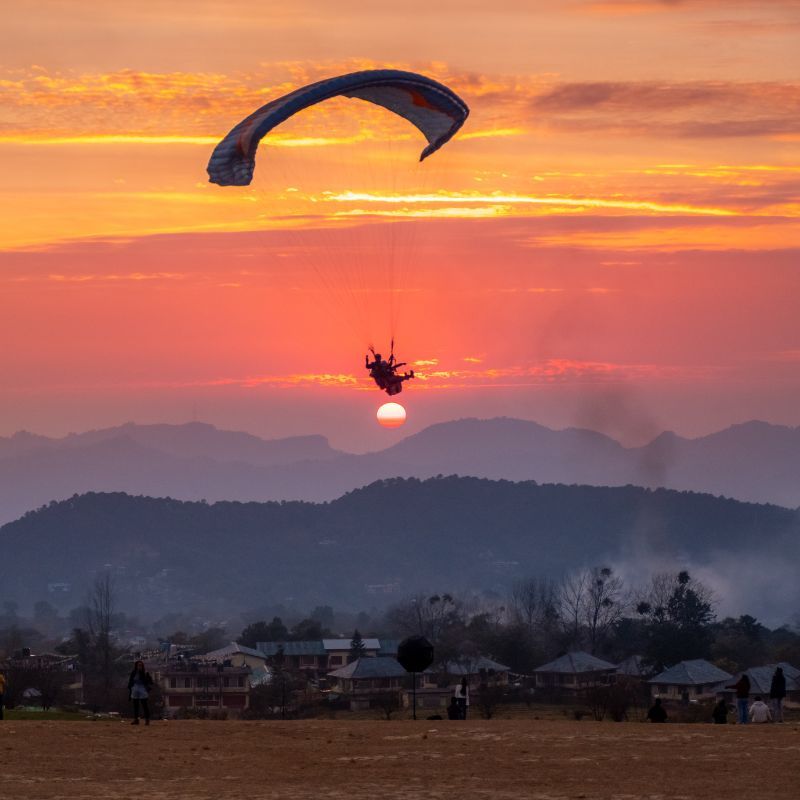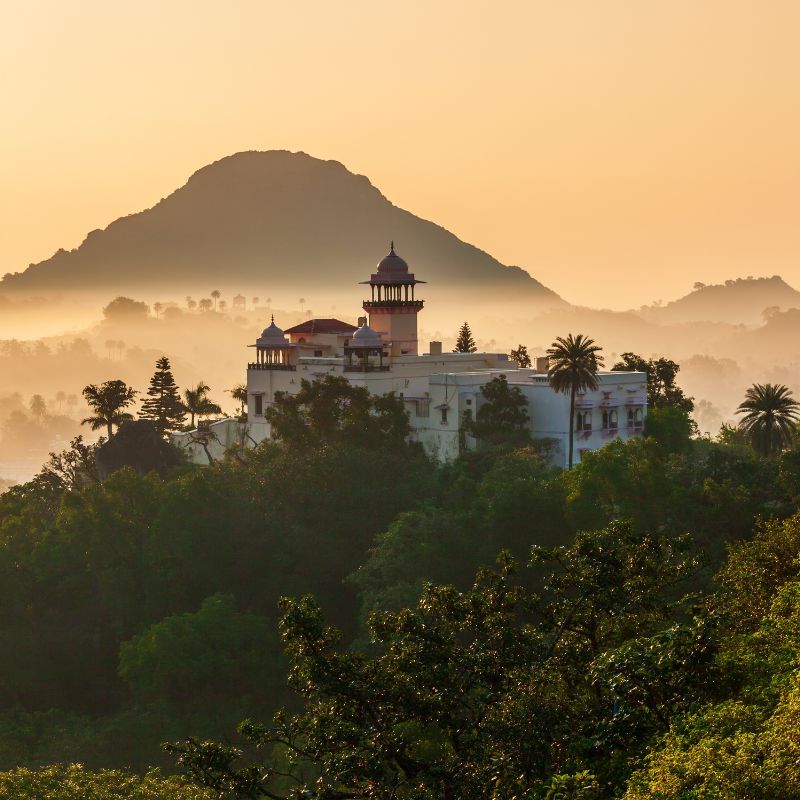
India, with its varied landscape and rich history, is home to heritage sites galore across its states. Be it ancient havelis or natural bio-reserves, India has everything, including several UNESCO World Heritage Sites, some of them in East and Northeast India. Check them out below! By Anushka Goel
The living root bridges in Meghalaya have made it to UNESCO’s Tentative List of World Heritage Sites. The bridges, carefully created by locals over the years, serve as suspension bridges that connect over 70 villages in one and around one of the world’s wettest regions. However, these bridges are not the only ones that exhibit India’s culture and heritage. Many sites in Northeast and East India have already made their way to the list of UNESCO World Heritage sites in India, for their architectural, historical and natural importance.
UNESCO World Heritage Sites in Northeast and East India
Northeast India
Kaziranga, Assam
View this post on Instagram
Kaziranga National Park is home to the largest population of one-horned rhinoceros. Located in Northeast India, this UNESCO World Heritage Site represents what’s probably among the last unmodified, undisturbed natural areas in the Brahmaputra Valley floodplain. Regarded as one of the finest wildlife refuges in the world, the park is home to several mammals, including tigers, elephants, wild water buffalo, bears and aquatic species such as the Ganges River Dolphin. Apart from that, the park has also been contributing to saving the Indian one-horned rhinoceros from the brink of extinction.
Manas Wildlife Sanctuary, Assam
View this post on Instagram
Assam’s Manas Wildlife Sanctuary or Manas National Park is a biosphere reserve, tiger reserve and more, bounded by Bhutan in the North and located along the Manas River. The scenic green cover of this national park consists of forested hills, alluvial grasslands and tropical evergreen forests. The park is home to several rare and endangered species such as tiger, one-horned rhino, swamp deer, pygmy hog and Bengal florican.
Khangchendzonga National Park, Sikkim
View this post on Instagram
The stunning national park features a variety of landscapes – from snow-clad mountains to a variety of lowlands and steep-sided valleys. The national park, a UNESCO World Heritage Site in Northeast India, is also home to the world’s third-highest peak, Mt. Khangchendzonga. The park has an extraordinary vertical sweep of over seven kilometres and falls within the Himalaya global biodiversity hotspot. Home to several endemic, rare, and threatened plant and animal species, the visual impact of the place is unmatched, given its varying terrains that paint the perfect picture of pristine beauty.
East India
Archaeological Site of Nalanda Mahavihara at Nalanda, Bihar
View this post on Instagram
Spread over 23 hectares, the Archaeological Site of Nalanda Mahavihara is considered to be the world’s first residential university. With its remains dating as far back to the 3rd century BCE, the place was among the earliest, largest and longest-serving monastic-cum-scholastic establishments in the Indian Subcontinent. The place features various stupas, chaityas, viharas, shrines, and more made of stucco, stone and metal. The place was a school of learning, where several subjects such as Sanskrit, mathematics and more were taught, and it hosted scholars from across the world who would come here to deliver lectures.
Mahabodhi Temple Complex, Bodh Gaya, Bihar
View this post on Instagram
The temple complex lies in Bihar and is among the four holy sites related to Lord Buddha. The place was built by Emperor Ashoka and is among the earliest Buddhist temples built completely of brick. The Mahabodhi Temple Complex, among the UNESCO World Heritage Sites in East India, features the main temple, the sacred Bodhi Tree where Buddha is said to have attained Enlightenment, the Vajrasana, and six other sacred sites, along with several votive stupas that surround them. A seventh sacred place, the Lotus Pond, is located outside the enclosure to the south. It is an important place of pilgrimage for Hindus and Buddhists and sees several tourists throughout the year.
Sun Temple, Konark, Odisha
View this post on Instagram
Attributed to king Narasimhadeva I of the Eastern Ganga dynasty, the Sun Temple in Konark is dedicated to the Hindu Sun God, Surya. The remains of the temple complex have the appearance of a chariot, which is about 100 feet (30 metres) high, It has beautifully carved wheels and horses, all made of stone. Between the wheels, the plinth of the temple is adorned with reliefs of lions, musicians and dancers, and erotic groups. What’s more, the temple is also featured on the INR 10 note of the Indian currency, to depict its importance and relevance in Indian culture and heritage.
Sundarbans National Park, West Bengal
View this post on Instagram
Home to the world’s largest mangrove forests, the Sunderbans National Park is among the biologically most productive natural ecosystems. The national park, a UNESCO World Heritage Site in East India, is located at the mouth of the Ganga and Brahmaputra rivers, between India and Bangladesh. The forests also support the single largest habitat of tigers in the world, which have adapted to an almost amphibious life. Apart from its contribution to the rich biodiversity, the Sunderbans National Park acts as a storm barrier, shore stabiliser and sediment trap, timber resource and more, making it a source of economic importance.
Mountain Railways of India – Darjeeling Himalayan Railway
View this post on Instagram
India’s Mountain Railways are an extraordinary example of rail networks in the hills. They helped connect these remote areas to the plains, and served as bridges to aid the economy, travel, and more. Three such networks make the Mountain Railways of India, which collectively are a UNESCO World Heritage Site. One of these is the Darjeeling Himalayan Railway, which consists of 88.48 kilometres of a two-feet (0.610 metres) gauge track connecting New Jalpaiguri with Darjeeling. The design of the railways features six zigzag reverses and three loops, and the stunning sights of the mountainous terrain, dispersed with natural beauty, seasonal flowers and more, make for a pleasant and memorable journey.
Related: Check Out These UNESCO World Heritage Sites In North India And Revel In The Country’s Glorious Past










